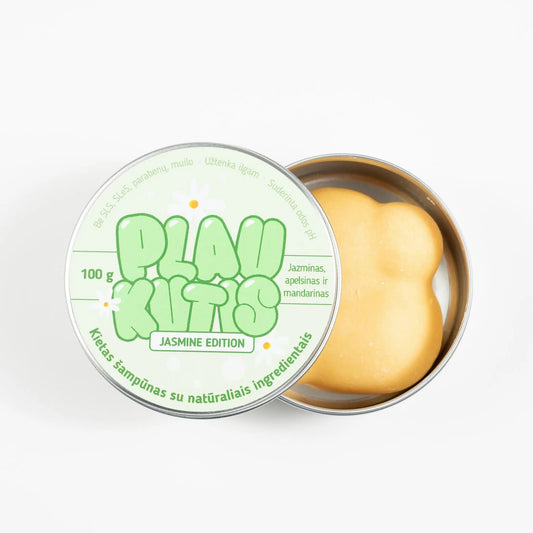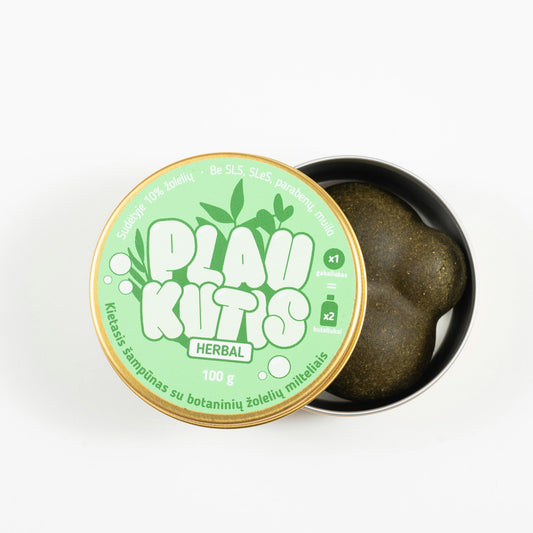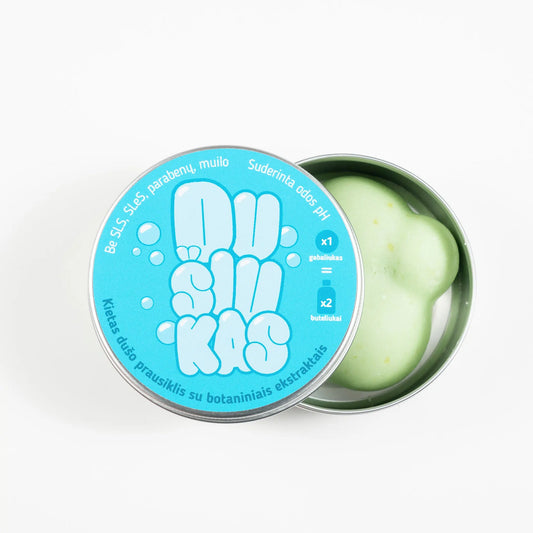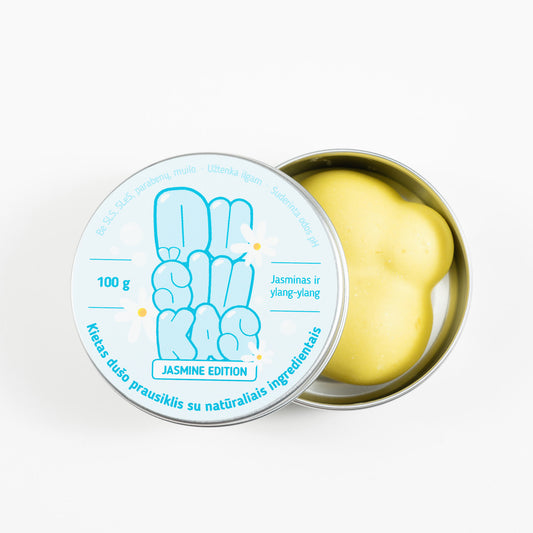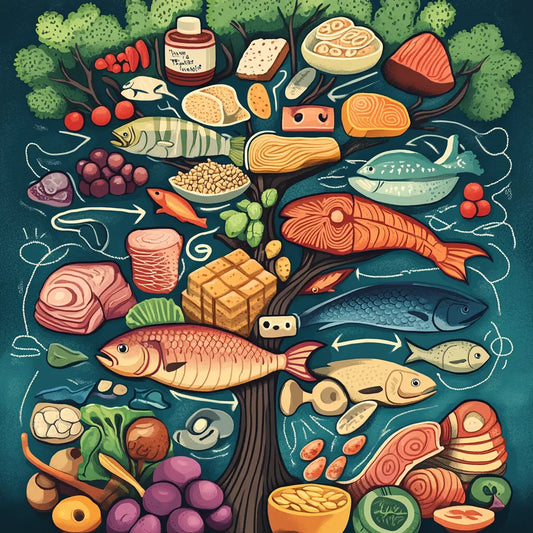Sustainable hair care is no longer just a trend – it’s a necessity for both the environment and personal health. The beauty industry generates a huge amount of waste, contributing to plastic pollution and resource depletion. According to Zero Waste Week, 120 billion pieces of packaging are created annually by the global cosmetics industry, much of which ends up in landfills. Additionally, the average person in the US uses about 75 liters of water per hair wash – a reckless waste when sustainable alternatives exist.

By incorporating eco-friendly habits into your hair care routine, you can significantly reduce waste, save water, and improve hair health. By choosing sustainable products, reducing water use, and adopting less wasteful habits, you are not only helping the planet, but you are also contributing to healthier, stronger hair.

Organic hair care habits
Changing your daily habits is one of the easiest ways to create a sustainable hair care routine. Small adjustments to the way you wash, dry, and style your hair can make a significant difference to the environment.

Reducing water use
The average shower uses about 17 liters of water per minute. If your hair washing routine lasts 10 minutes, that's up to 170 liters per wash. This amount can be significantly reduced by shortening your shower time, using water-saving shower heads, or switching to waterless hair care. Additionally, reducing the frequency of hair washing to 2-3 times a week not only helps save water, but also preserves the natural oils of the scalp, which are essential for healthy hair.
- Fact : Reducing shower time by just 1 minute can save 3,000 liters of water per year .
- Tip : If every US resident shortened their shower time by 1 minute, more than 165 billion liters of water would be saved annually.

Air drying hair to save energy
Heat-based appliances like hair dryers, straighteners, and curling irons not only use a lot of energy, they can also damage your hair. Drying your hair naturally is a sustainable choice that reduces energy consumption and helps maintain healthy hair. By air-drying your hair only twice a week, you can reduce energy consumption and prevent hair damage.
- Fact : Heat tools can reach temperatures of up to 230°C , which can cause hair cuticles to split, causing hair to split and become damaged.
- Tip : To dry your hair naturally faster, use a microfiber towel or old t-shirt to remove excess moisture.
Sustainable hair washing techniques
For a more sustainable routine, consider dry shampooing or co-washing your hair with conditioner alone to extend the time between traditional washes. Dry shampoo absorbs excess oils, keeping hair fresh without water, while co-washing is gentler on the scalp and reduces the amount of products used.
- Fact : One use of dry shampoo can save up to 50 liters of water if you skip washing.

Choosing sustainable hair care products
One of the key components of sustainable hair care is choosing the right products. Many conventional hair care products contain harmful chemicals and their packaging is not recyclable. However, there is a growing demand in the beauty industry for eco-friendly products that prioritize sustainability and hair health.
Choose reusable, tough, and multifunctional products
Reusable products significantly reduce packaging waste. Instead of buying a new plastic bottle every time you run out of shampoo or conditioner, many brands offer refill options. Solid shampoo and conditioner bars are another eco-friendly alternative. Not only do they come with minimal packaging, but they also last longer than liquid products—one solid shampoo bar can replace up to three bottles of regular shampoo.
- Fact : If just 1 in 5 people switched to solid shampoo, the environment would be saved from 552 million plastic bottles per year.
- Tip : Look for brands that offer mail-in or in-store refill programs to reduce plastic consumption.
Multifunctional products, like 2-in-1 shampoos and conditioners , or styling products that perform multiple functions (e.g. hair oils that act as heat protectants and leave-in conditioners), help reduce the amount of products needed, reducing waste and costs.
Choose organic, cruelty-free, and biodegradable products
When choosing sustainable products, it’s important to consider more than just the packaging. Many traditional shampoos and conditioners contain harmful ingredients like sulfates, parabens, and synthetic fragrances. These chemicals can damage your hair and irritate your scalp. By choosing organic and biodegradable products, you can be sure that you’re using products that are safe for both your hair and the planet.
- Fact : According to the Environmental Working Group (EWG) , more than 72% of products advertised as “natural” contain harmful chemicals. Always check for third-party certifications, such as USDA Organic or COSMOS , to ensure you’re buying truly organic products.
- Tip : Cruelty-free products are not only better for animals, but they often contain fewer harsh chemicals. Look for certifications like Leaping Bunny or PETA to ensure your hair care products are ethically made.

Sustainable hair care tools and accessories
It's not just the products you use that matter – hair care tools and accessories can also be more sustainable. Plastic combs and brushes contribute to the amount of waste in landfills because plastic can take centuries to decompose.
Organic combs and brushes
When choosing hair care tools, look for alternatives made from bamboo, recycled plastic, or metal. Bamboo combs and brushes are not only more environmentally friendly, but they are also gentler on your hair because bamboo is naturally smooth and non-fraying.
- Fact : Bamboo combs are 100% biodegradable, while plastic combs can take up to 1,000 years to decompose in a landfill.
Sustainable hair clips and scrunchies
Most common hair accessories, such as scrunchies and hair clips, are made of plastic. Fortunately, there are sustainable alternatives made from natural materials, such as cotton, silk, or recycled fabric. These alternatives are not only less harmful to the environment, but also gentler on your hair.

Conclusion: How to Create and Maintain a Sustainable Hair Care Routine
Switching to a sustainable hair care routine not only helps the planet, but it’s also good for the health of your hair. From using less water to using eco-friendly products and tools, every small change makes a big difference. As the beauty industry continues to grow, it’s important to support brands and practices that prioritize sustainability. Start with one eco-friendly change to your routine and build from there. Together, we can contribute to a healthier planet while keeping your hair healthy and beautiful.
